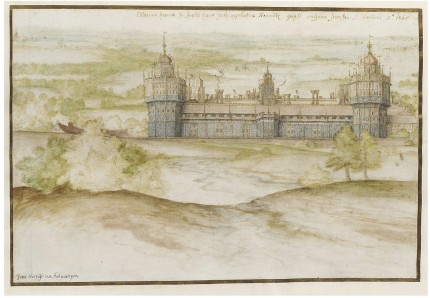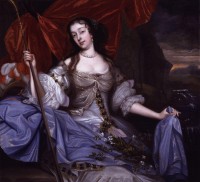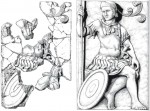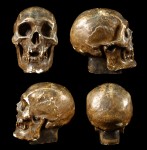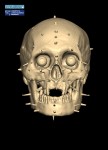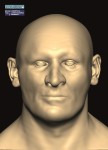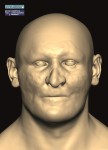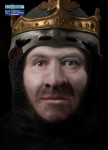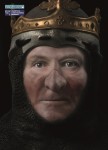 Archaeologists have discovered an exceptionally large and diverse ancient necropolis in the center of Bordeaux. The site, known as Castéja, hosted the first school for deaf girls in France (the main building built in 1862 is a historic monument). More recently it was the city’s central police station. The police station was closed in 2003 and in 2014 the property was sold to developers for an ambitious mixed incoming housing project. An archaeological survey was commissioned in advance of new construction.
Archaeologists have discovered an exceptionally large and diverse ancient necropolis in the center of Bordeaux. The site, known as Castéja, hosted the first school for deaf girls in France (the main building built in 1862 is a historic monument). More recently it was the city’s central police station. The police station was closed in 2003 and in 2014 the property was sold to developers for an ambitious mixed incoming housing project. An archaeological survey was commissioned in advance of new construction.
 So far around 40 graves containing the skeletal remains of about 300 people have been unearthed. Archaeologist and excavation director Xavier Perrot thinks the number of burials will increase as the excavation proceeds, perhaps even doubling. The burials begin in late antiquity (the 4th century) and continue through the early Middle Ages. There are a variety of tombs: ancient tile graves, amphora burials for babies, inhumations with traces of wooden coffins, brick-lined burial pits. Archaeologists also found two Merovingian-era sarcophagi and some very rare medieval coins.
So far around 40 graves containing the skeletal remains of about 300 people have been unearthed. Archaeologist and excavation director Xavier Perrot thinks the number of burials will increase as the excavation proceeds, perhaps even doubling. The burials begin in late antiquity (the 4th century) and continue through the early Middle Ages. There are a variety of tombs: ancient tile graves, amphora burials for babies, inhumations with traces of wooden coffins, brick-lined burial pits. Archaeologists also found two Merovingian-era sarcophagi and some very rare medieval coins.
 The contents of the graves are unusually diverse for the period. Some are individual burials, while others contain multiple bodies piled on top of each other in a haphazard fashion. They appear to have been tossed in the grave hastily, which suggests they have been victims of mass violence, or more likely, of an epidemic. The Plague of Justinian, a pandemic that swept through the Byzantine Empire before spreading to the Mediterranean port cities and the rest of Europe in the mid-6th century, is a possible culprit. The remains will be subjected to a battery of laboratory tests to determine the dates of those burials and identify the epidemic, should there be one to identify.
The contents of the graves are unusually diverse for the period. Some are individual burials, while others contain multiple bodies piled on top of each other in a haphazard fashion. They appear to have been tossed in the grave hastily, which suggests they have been victims of mass violence, or more likely, of an epidemic. The Plague of Justinian, a pandemic that swept through the Byzantine Empire before spreading to the Mediterranean port cities and the rest of Europe in the mid-6th century, is a possible culprit. The remains will be subjected to a battery of laboratory tests to determine the dates of those burials and identify the epidemic, should there be one to identify.
 Very few burial grounds this densely packed with remains are extant from antiquity. There are maybe three or four comparable sites in France and one in Bavaria, and none of those are as large as the Bordeaux find.
Very few burial grounds this densely packed with remains are extant from antiquity. There are maybe three or four comparable sites in France and one in Bavaria, and none of those are as large as the Bordeaux find.
“This is an important operation. We see the evolution of the urban fabric and changes in burial arrangements with inhumations in the ground, in coffins, sarcophagi, a funerary space that evolves with a pit, multiple burials”, said Nathalie Fourment, regional curator of archeology at the regional Direction of Cultural Affairs (DRAC).
Excavations began early last month and were originally scheduled to end on January 20th, but because of the importance of the find, DRAC is negotiating an extension with property owner Gironde Habitat.
